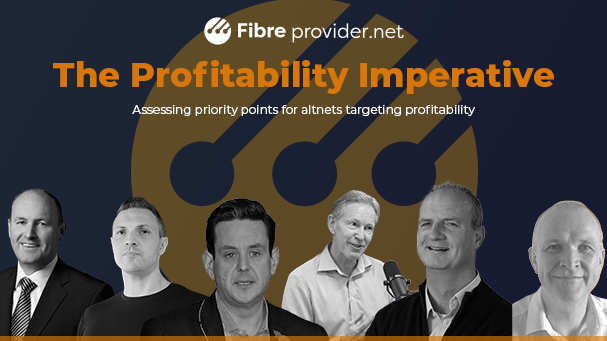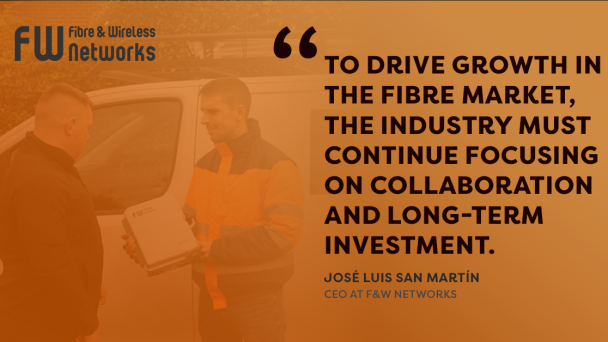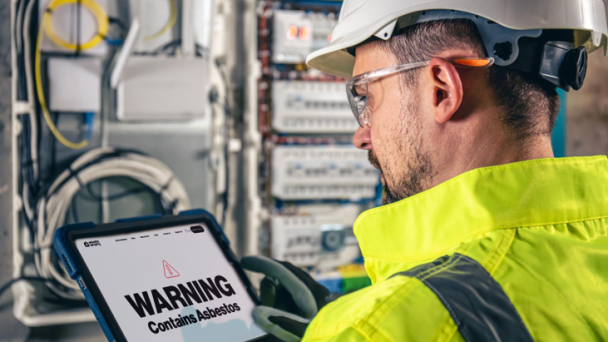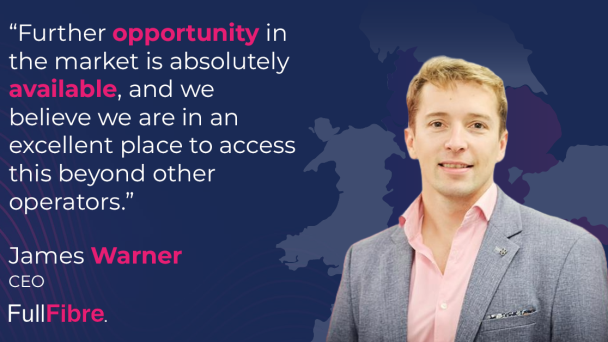Our latest Fibre Scope feature explores how can/ are altnets most effectively delivering the payback imperative and becoming profitable.
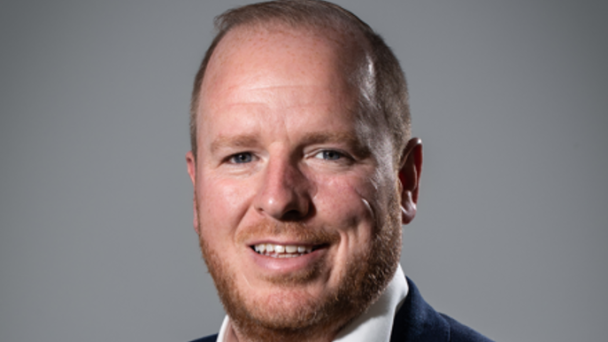
Giganet’s transition from a voice-only comms provider to a Fern Trading-backed ISP reaching over nine million premises is testament to its capacity for business transformation and commitment to building a full fibre future - and of course its ambition.
“It is an exciting time at Gignet,” said Finnegan. “But the final piece of the puzzle is building our own full fibre network.”
Finnegan joined Giganet in May 2021 under the new ownership of Fern Trading, armed with £250m and tasked with putting this final puzzle piece in place. He immediately oversaw the launch of a major recruitment drive and the unveiling of new plans to connect 300,000 homes in Hampshire, Dorset, Wiltshire and West Sussex.
“We’ve already started building to customers, and eventually over half a million homes and businesses across urban and rural UK will have access to our full fibre broadband,” said Finnegan.
Since Finnegan took the helm Giganet has created a channel partner programme and strengthened its relationship with CityFibre, with the ISP becoming the fourth to extend its full fibre service offering across CityFibre’s nationwide footprint.
Giganet is also providing services via Openreach’s network and acquired consumer ISP Cuckoo last month to extend its reach to over nine million homes nationwide.
2025 thinking
The 2025 copper switch off is a major contributor to how Giganet has shaped its rollout strategy, according to Finnegan.
He said: “Given that homes, schools public services and businesses need access to fast and reliable broadband services more now than ever before – I hope we'll see the ‘switch off’ complete before the 2025 deadline — or even sooner!”
Giganet’s major priority is to ensure that education is delivered at the same rate of fibre services, ensuring that end users understand the impacts of the switch off and fibre.
“Full fibre into people’s homes and businesses is new infrastructure and like all new infrastructure people need to understand why they need it, as well as why it is not yet fully available,” added Finnegan.
“We need to work quickly, while maintaining quality to get customers on board, and ensure they are happy to deliver return on investment for our stakeholders.”
Transparency
Alongside educating customers, Finnegan advocates a strategy that is standardised and transparent.
He said: “Issues are being made greater by a continued lack of public understanding and awareness of the value and importance of full fibre infrastructure as our data consumption grows exponentially.”
Education is key for both altnets and the end user. “Clarity is especially important during this unprecedented time of rising living costs and inflation,” added Finnegan. “I believe the telecoms industry owes it to consumers to price this essential utility fairly and transparently.”
Competition/ Collaboration
On the theme of standardisation, Finnegan discussed with Fibreprovider.net the positives that come from having so many operators in the space.
“By its nature, the UK telecoms landscape is both intricate and interconnected, and this often means doing business with those that have competing or conflicting commercial agendas,” he said.
“The UK market requires a diverse and competitive independent offering - it can only benefit from the challenger mindset that altnets bring to the table. As the sector doubles in size, we can hope for greater competition, improved standards, and ultimately more consumer choice.”
A healthy level of competition is improving standards and benefitting customers, but as altnets all progress, we are gaining a deeper understanding of what customers need and appreciate, says Finnegan.
He refers back to his previous comments on clarity and transparency, stating that 100 operators doing things in 100 different ways will eventually leave confusion and more work for everyone.
“I think it would be advantageous to have network standardisation and investigate streamlining processes between different elements of the supply chain/value chain – e.g. fibre supply, construction, completing connections, lighting networks.
“I believe it would be useful to explore how these elements with different priorities could come together to create a comprehensive eco-system.”

